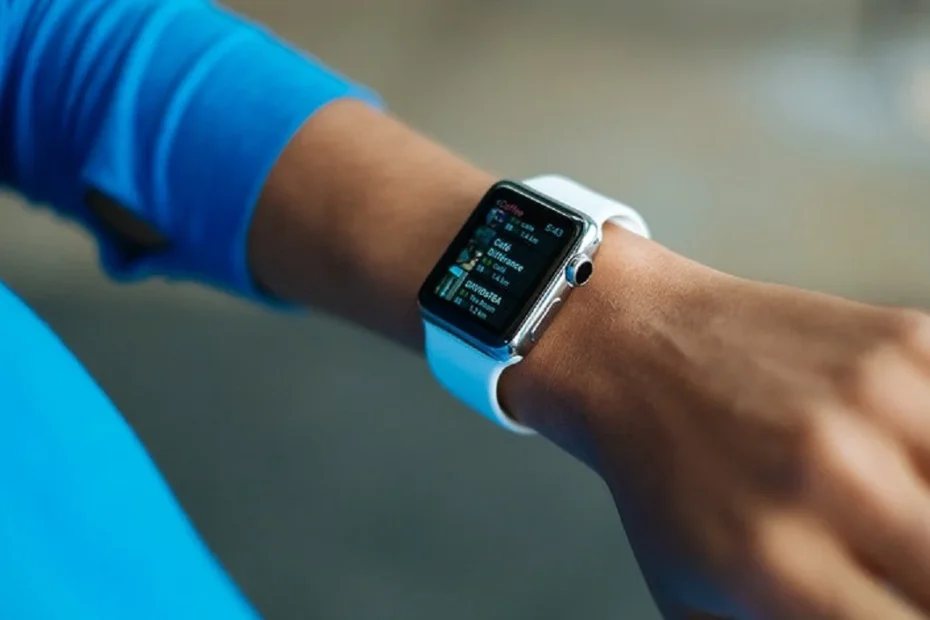In less than a decade, wearable health technology has evolved from a niche gadget for fitness enthusiasts into a mainstream tool for personal wellness. The core innovation of a modern device, like an Apple Watch or Oura Ring, lies in its ability to translate abstract physiological states into tangible, actionable data.
Concepts like stress and recovery are no longer just feelings; they are quantified through metrics like Heart Rate Variability (HRV), allowing individuals to draw direct correlations between their daily habits and their physical state.
However, this rapid proliferation of personal health data raises two fundamental challenges that temper its revolutionary promise: the clinical reliability of its measurements and the socioeconomic implications of its cost. As we integrate these devices more deeply into our lives, we must critically examine not only their capabilities but also their limitations and accessibility.
A New Era of Wearable Health Technology
The primary allure of modern wearable health technology is the agency they grant the user. The data they provide is a powerful catalyst for behavioral change. A comprehensive review highlighted on ResearchGate in early 2025 found that individuals using wearables increased their walking time by an average of 76 minutes per week. This is the result of direct feedback and clear goal visualization, which encourages healthier micro-decisions throughout the day.
Beyond physical activity, wearable health technology has expanded into holistic health management. A 2025 study in the Oxford journal Sleep, states that advanced sleep technology now uses machine learning to proactively nudge users toward better sleep hygiene hours before bedtime, significantly improving sleep quality.
The Question of Clinical Reliability
Despite the sophistication of wearable health technology, a critical distinction must be made between consumer-grade wellness monitoring and certified medical diagnostics. An alert from a smartwatch about an irregular heart rhythm, for example, can be both life-saving and anxiety-inducing, and its clinical context is paramount.
The ECG function in a premium wearable like the Apple Watch is a single-lead electrocardiogram. It is remarkably effective at screening for Atrial Fibrillation (AFib), with one validation study in JMIR Formative Research finding a specificity of 97.8%. However, to diagnose a heart attack or other complex cardiac events, clinicians rely on a 12-lead ECG, which provides a far more comprehensive view. Comparing the two is akin to viewing a house through a single keyhole versus conducting a full tour.
Furthermore, the accuracy of other key sensors used can be compromised by variables such as motion, device fit, and most critically, skin pigmentation. A 2021 study where patients with darker skin were three times more likely to have low oxygen levels missed by pulse oximeters. The medical consensus is therefore clear: these devices are powerful screening tools, but as even their manufacturers state, they are not a substitute for clinical diagnosis.
The Affordability Gap and the Digital Health Divide
Perhaps the most pressing challenge is the question of access. There is a vast financial chasm between a budget-friendly tracker like the Xiaomi Smart Band 8 at approximately $40, a mid-range device like the Fitbit Charge 6 at $160, and a high-end smartwatch like the Apple Watch Ultra 2 costing $799. This price differential is not merely cosmetic; it represents a significant gap in health and safety capabilities.
The features exclusive to premium models are the very tools that shift the device from a passive tracker into a proactive health monitor and safety net. Consequently, the most impactful health features risk becoming a luxury. Journals like The Lancet Digital Health, refer to this as the “digital health divide,” where the tools that generate the most actionable health insights only available to more affluent individuals, widening the very health gaps technology is meant to close.
Final Thoughts:
In conclusion, the trajectory of wearable health technology is undeniably transformative. It has placed a remarkable degree of physiological awareness into the hands of the public. Yet, its ultimate impact hinges on resolving its central paradox. A technology that offers profound health insights must also be trustworthy, and a revolution in personal wellness must be inclusive. The challenge for the next decade of innovation will be to address these fundamental issues of reliability.
If you found this discussion on technology, health, and society engaging, you’ll feel right at home here at Geekyfest. For more insightful analysis on the technology that is shaping our future, be sure to check our other insightful reads.
FAQ’s
Can my smartwatch diagnose a medical condition?
No. It is a powerful screening tool that can flag potential issues like AFib, but it is not a diagnostic tool. Always consult a doctor for any medical concerns.
Why are some wearables so much more expensive?
The high cost is for advanced sensors (ECG, temperature) and critical safety features (Fall Detection, Crash Detection) that are absent in budget models.
Is a budget wearable still worth it?
Yes, for foundational tracking of activity, sleep, and heart rate. They are excellent for building healthy habits, but lack the proactive health screening of premium devices.


